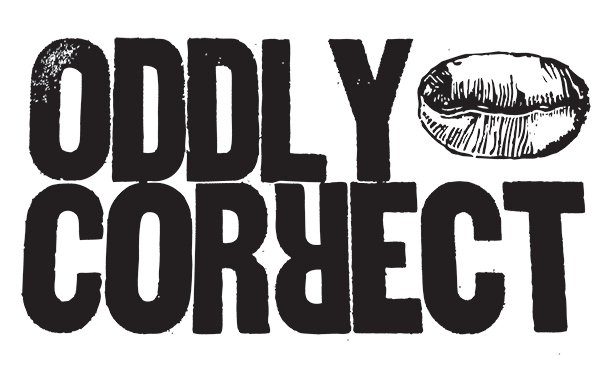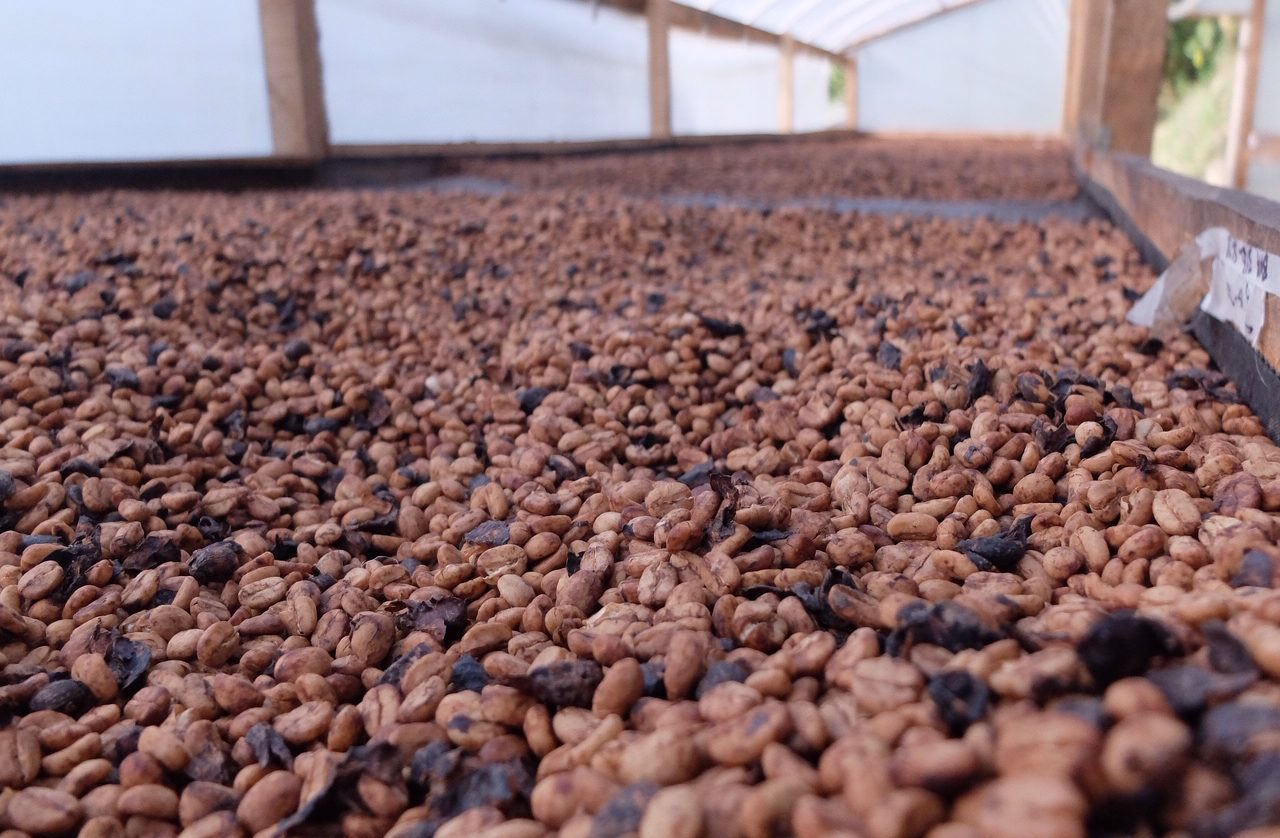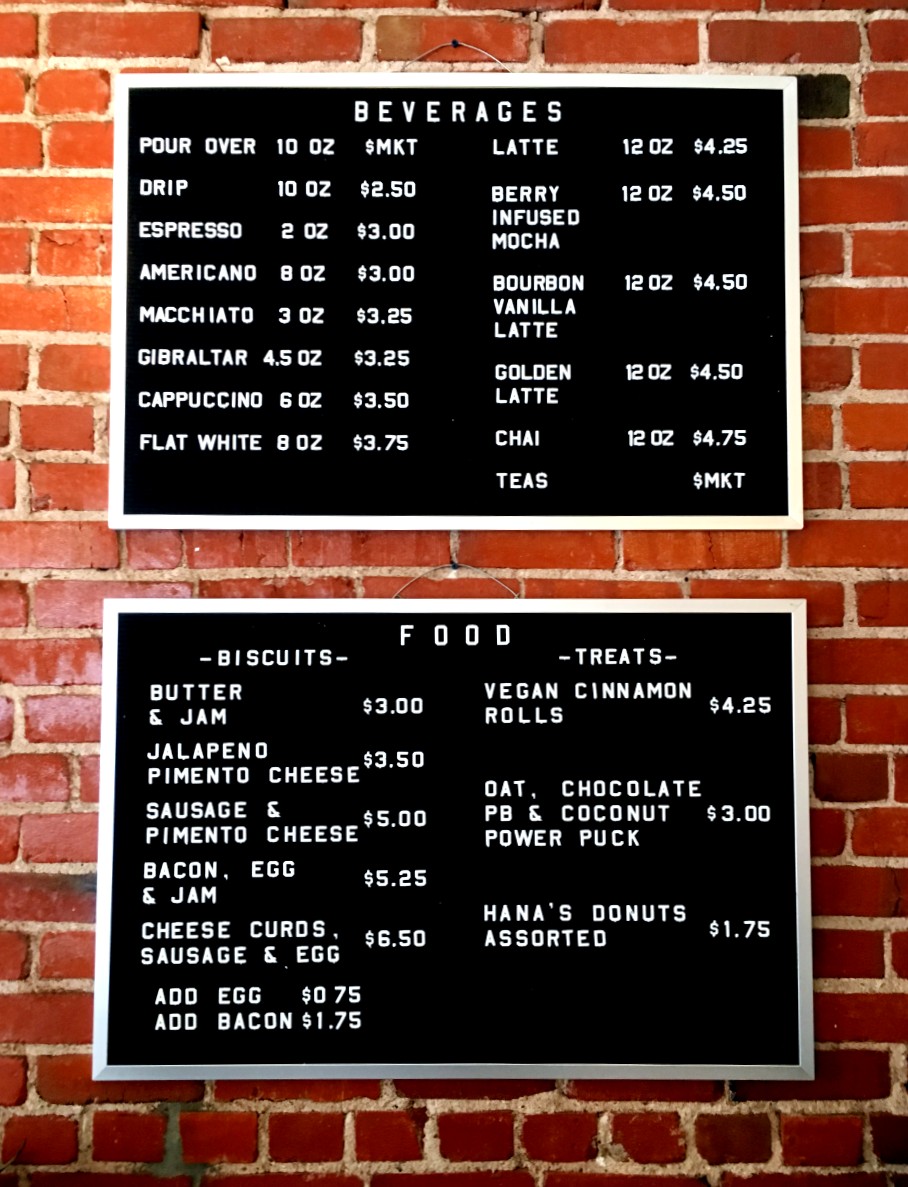For the past 5 years we’ve been travelling to Colombia as a company to source some of our favorite coffees each year. Here’s our roaster and chief officer Mike Schroeder’s report from his recent trip there in July 2019…
Oddly’s Sourcing in Colombia
We’ve been travelling to Colombia for a few years now to source some coffees from a farm/mill called La Palma y El Tucán, just about 90 minutes outside of the capital of Bogotá. Getting to where coffee is grown while it is being harvested (and soon after) and TASTING the coffee is the best way to get first dibs on what’s available and really zero in on coffees that match the profiles we’re looking for. In the case of coffees being milled at La Palma y El Tucán, we’re looking for bright, fruity and wild lots that are representative of their unique approach to coffee collection and processing.
About La Palma
In Colombia, there’s a government-run federation which oversees the production, collection, exportation and promotion of Colombian coffee in the global market. Part of what the FNC (Federación Nacional de Cafeteros) does is the operation of collection points for coffee farmers throughout the country. Once a farmer has pulped, washed and dried their coffee, they can take it to one of these collection points and receive a base market price per kilo of the dried coffee seeds they bring, that fluctuates with the global coffee market, but in general is barely more that cost of production. Coffees are evaluated then grouped together based upon their adherence to a specific profile for “Colombian coffee.” This means that no matter how good (or bad) a coffee farmer’s crop is, they’re getting paid the same (low) amount. However, for farmers with few resources this is often still the best option for them to turn their coffee into much-needed cash.
In the region of Cundinamarca, La Palma started with a vision to empower these small producers by offering an alternative: a centralized mill where unpulped coffee, picked by a highly-trained group of pickers, can be delivered and processed expertly by their team, then sold at higher prices to customers looking for the best and most exotic coffees coming out of Colombia. In short, using quality as a means for sustainability, La Palma is able to pay farmers more than double what the FNC offers in addition to providing important resources like labor for picking, organic compost and education and support cultivating their coffee and further compensation for organic farming and loyalty to the project. We were first introduced to their coffee back in 2014 and have been buying from them every year since.
Enjoying Colombia
The Colombian countryside is filled with natural beauty, and its towns and cities are filled with people who are welcoming, kind and intensely proud of their home. We usually try to build in a day or so to enjoy being in Bogotá and this year it included hitting our favorite Colombian cafes (La Libertario, Varietale, Amor Perfecto, and Bourbon Roasters), having some Colombian craft beer, checking out the Pre-Colombian Gold Museum and eating grilled blowfish! If you ever want to go somewhere completely new to you and experience an entirely different culture without changing time zones, think about Colombia!
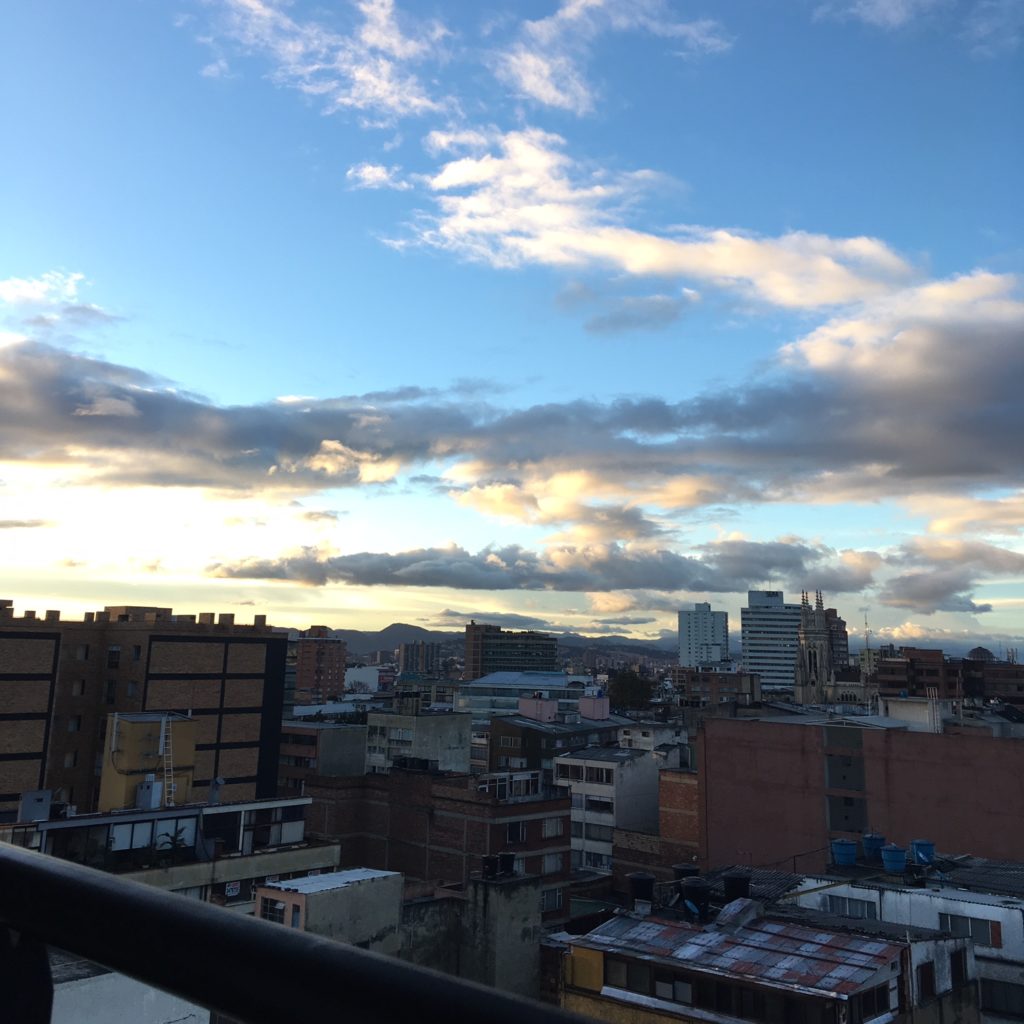
Bogota is a huge city, with more than 7 million people living within its limits 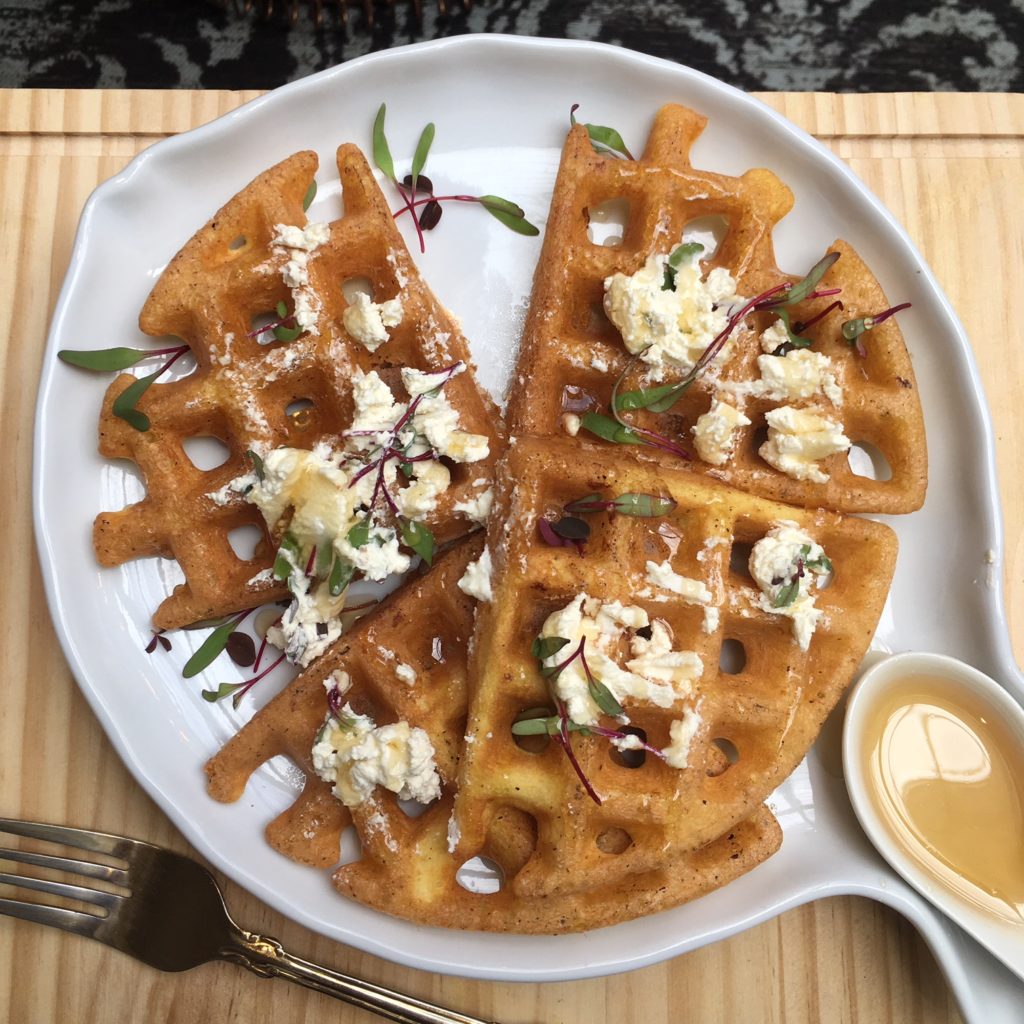
Cornmeal waffle at Libertario Cafe 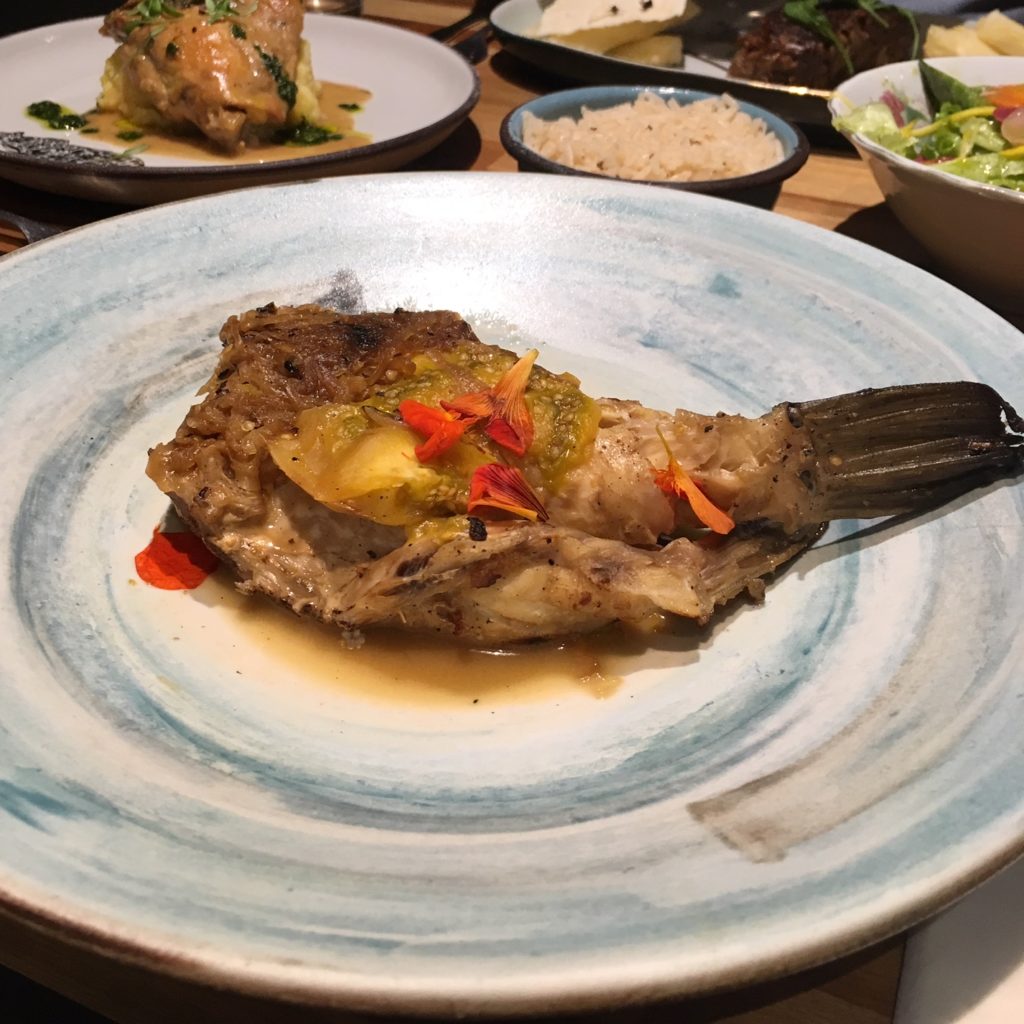
Grilled blowfish with lulo fruit puree and caramelized onions in Bogota 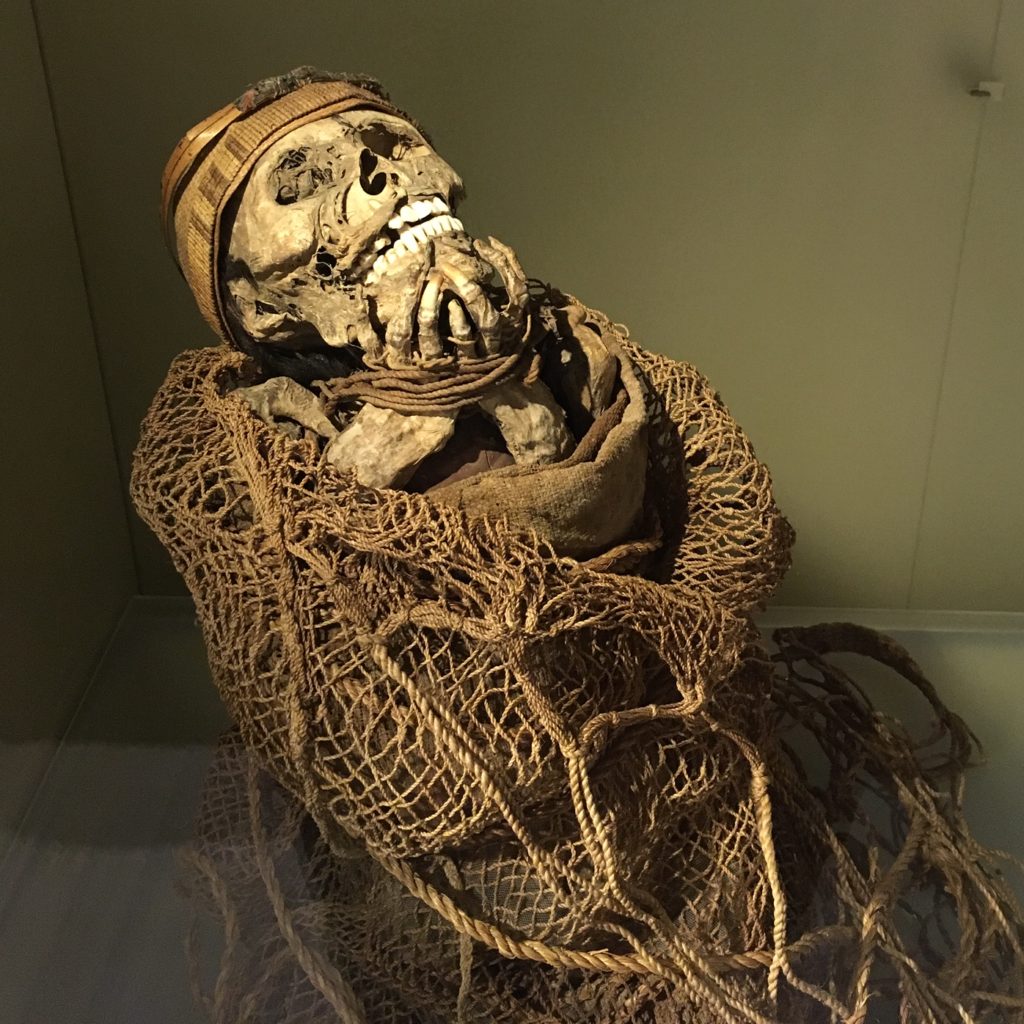
Mummified remains that had been adorned with intricate gold jewelry
The Farm
The farm and mill at La Palma sits at around 1800 meters above sea level, in the Colombian east Andes. In the midst of plots of exotic coffee varieties sits a central pavilion complete with coffee bar, cocktail bar and brick oven for pizzas… meanwhile dotted throughout the landscape are tiny-house-like cabins for overnight stays.
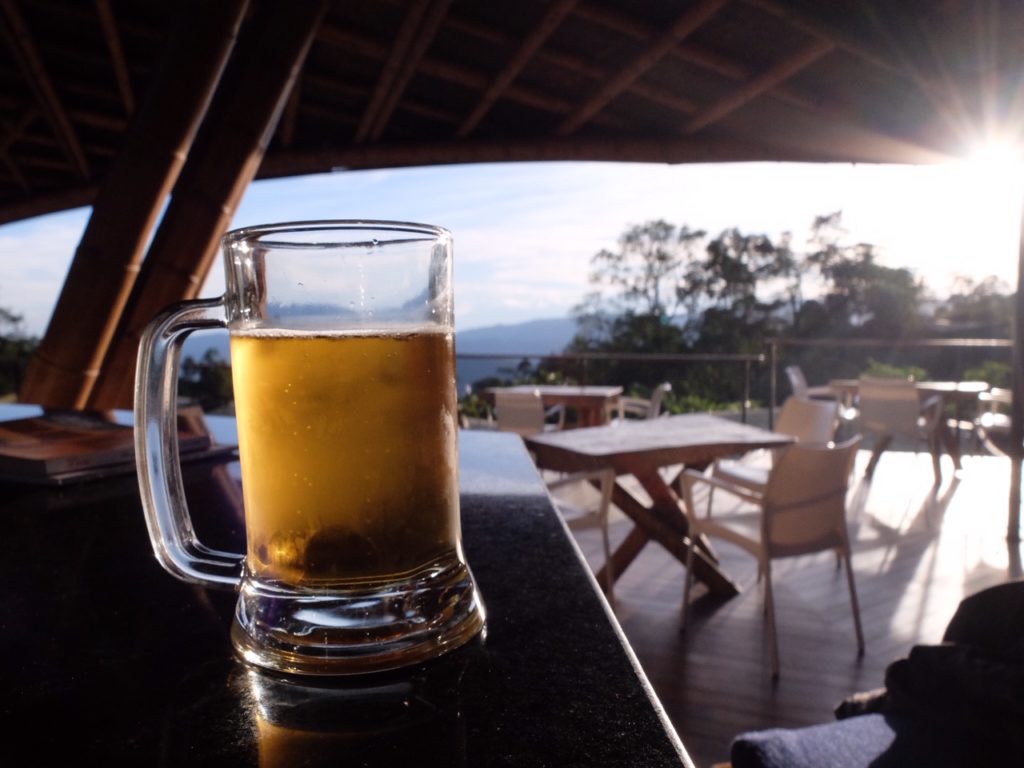
Not only do they create the most welcoming experience ever for coffee buyers, but run an agro-tourism business for people looking to get away for a weekend or host a company retreat. This year I stayed in a cabin tucked away in SL-28 trees within earshot of the Rio Apula. Best sleep I’ve had all year…
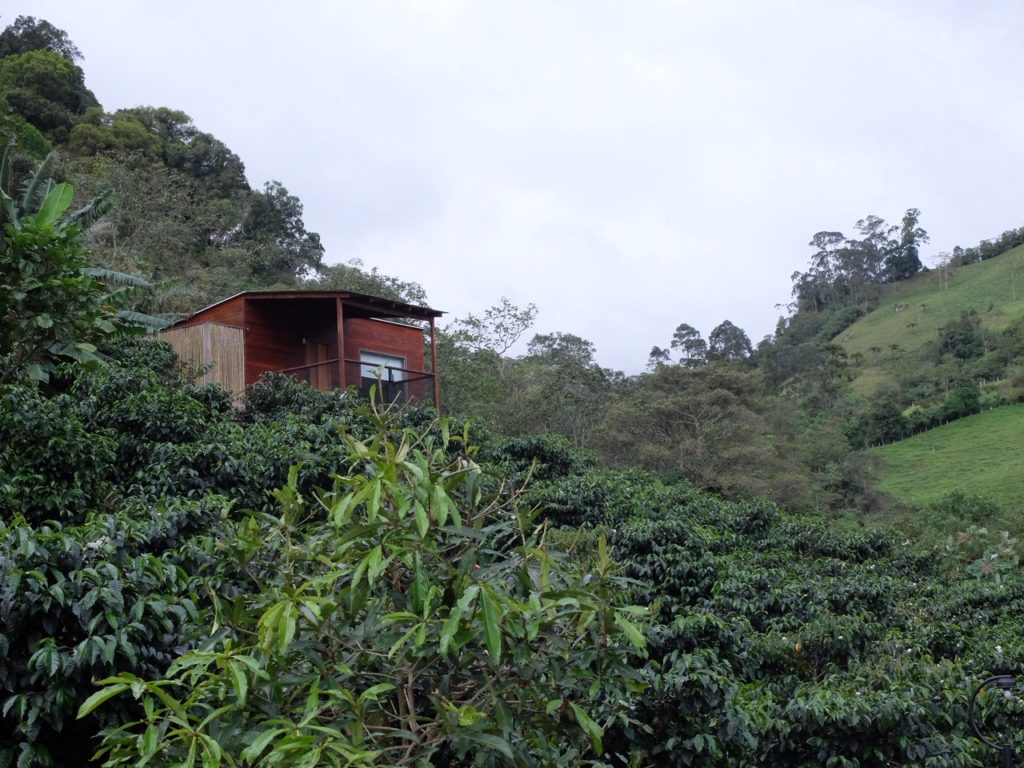
We also visited neighboring farmer Antonio Niño, who sells his coffee cherry to La Palma for processing. He was just finishing up cleaning picking his coffee trees (picking off the last of the various over-ripe or under-ripe cherries to keep pests from disturbing the plants post-harvest) and took the time to show us around and introduce his family.
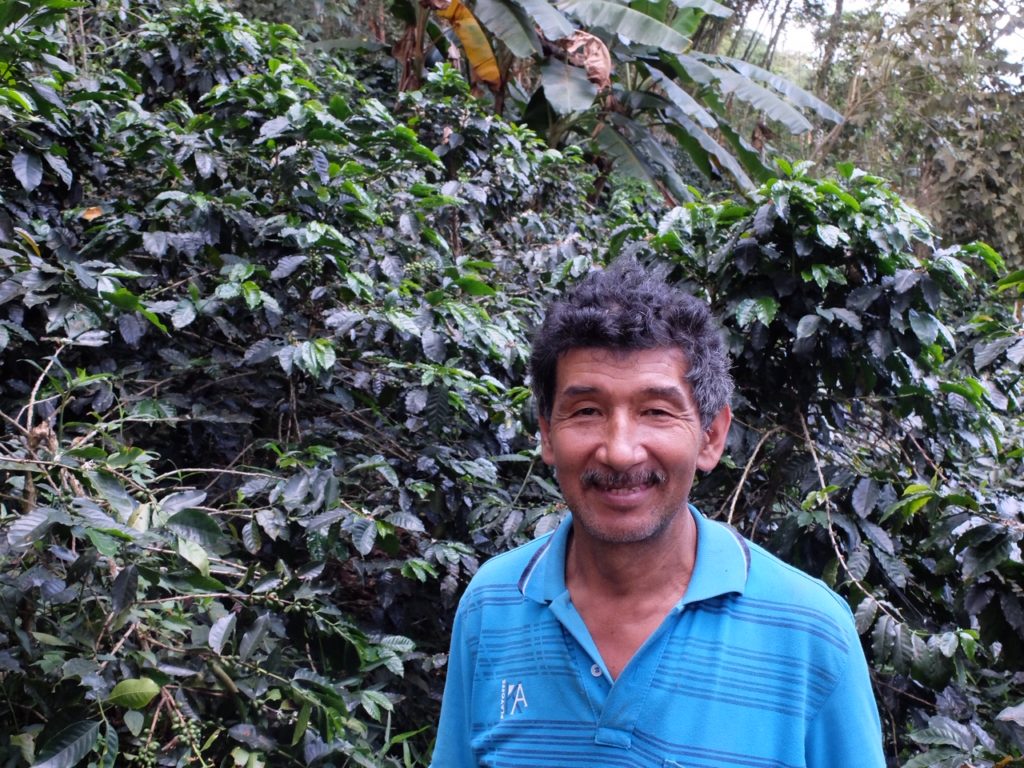
The Cupping Table
The reason we come back to La Palma every year is the coffees, and the tables showcasing lots from the Neighbors and Crops program this year were the best we’ve had yet. Their were some familiar names on the table from years past, but as always I let what we taste determine what we’re going to buy from the harvest. There was definitely a greater concentration of Lactic Process (washed process focusing on anaerobic fermentation) coffees this year, which was fine with me since they tend to be our favorite profiles… fruity sweetness, tropical and citrus tones with creamy milk-like mouthfeel. After going through a couple tables, I landed on two lots to purchase: one Lactic Process lot and one mixed process (both anaerobic and aerobic fermentation) that had collective tasting notes of sparkling apple cider, mandarin orange, peach cobbler, dried berries, honey and lime zest. Both were intensely sweet and vibrant, and I’m really excited to get them in the shop and share them later this Winter.
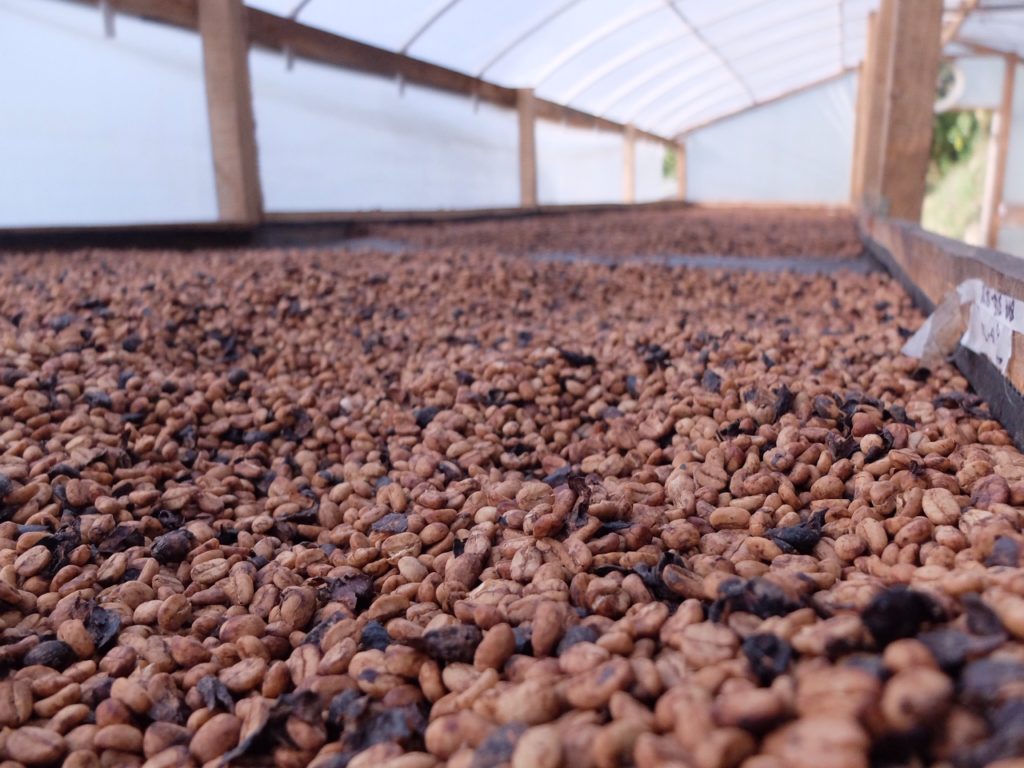
Take-aways
Visiting where coffee is grown and processed is always a re-centering experience. Seeing the amount of intense physical work and the sheer number of hands that touch coffee before it reaches us in the states makes it clear how important people are to the process, and gives us conviction to continue seeking out coffee from projects like La Palma that are doing what they can to highlight the importance of the people in that chain and reward their work and quality of their product.
Another interesting insight, is the loss that happens through the entire supply chain of coffee. A talented and careful picker can bring in about 100 kilos of coffee cherry in a day. After the weight loss of pulping, processing, drying, and later roasting, that yields about 10 kilos of roasted coffee… about the size of one batch in our Joper cast iron coffee roaster. That puts a real-life cost on our coffee, and gives perspective and incentive for me too do my best while roasting and not waste coffee… one bad batch would be botching a full day of someone else’s work!
Lastly, I was particularly struck by the lifestyle of the people in rural Colombia this year. They live in simple houses, lack many of the luxuries we consider normal daily things and for the most part are performing hard physical labor to make ends meet. Yet, these are some of the most happy and generous people I’ve met. Rather than viewing them as a project to take on or a problem to be solved with charity programs and mostly well-meaning but sometimes misled altruism, seeing them as people who love their lives and families and take pride in their work and deserve the dignity of fair and adequate compensation is at the core of what La Palma is doing, and its why we’re honored to continue to work with them as they fight for the revitalization of coffee production in Cundinamarca.
The lots we reserved this year will be arriving in late November/early December 2019… if you’re interested in other coffees feel free to check out our shop!
